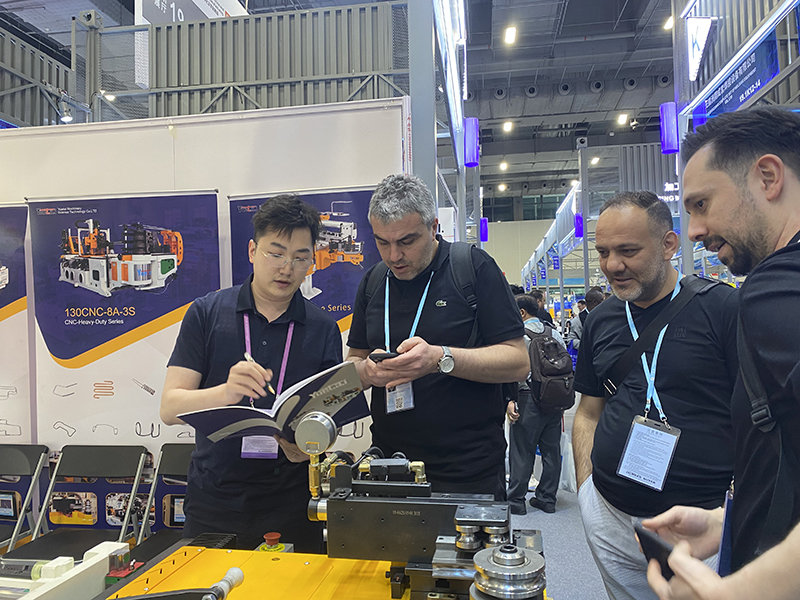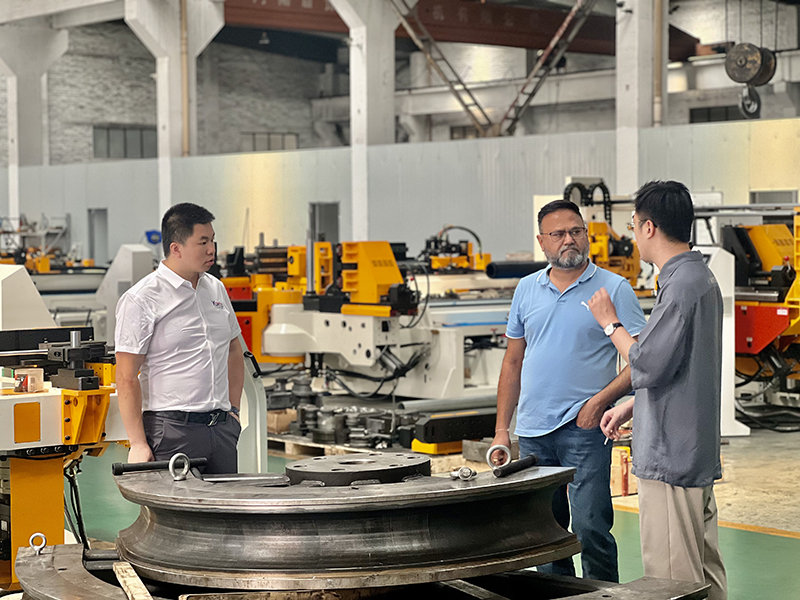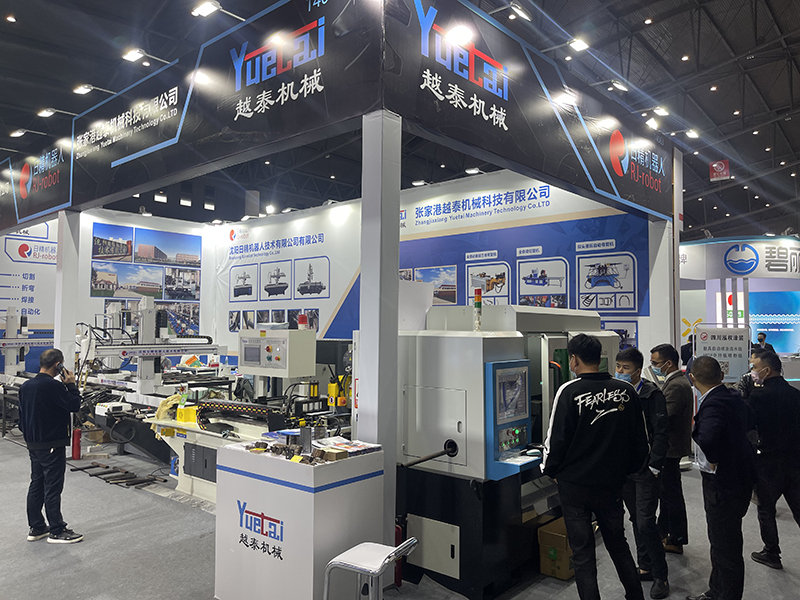Pipe bending machine equipment standards and pipe bending radius standards
Pipe bending machine is the most common machine in our lives. It is mainly used to bend an object. It is mainly used for pipe laying and repair in electric power construction, highway and railway construction, boilers, bridges, ships, furniture, decoration, etc. , has the advantages of multiple functions, reasonable structure, and simple operation. The pipe bending machine reduces labor costs over the traditional model and greatly improves work efficiency. Pipe bending machines are inseparable from our daily lives. For example, the office chairs we use at work require pipe bending machines wherever pipes are bent. Especially in the industrial field, pipe bending is widely used. Important parts. So what are the standards for intact pipe bending machine equipment? Please refer to the following items:
- The parts are complete and the quality meets the requirements.
1 The main transmission and auxiliary system parts are complete and complete, the hydraulic system has no leakage, the accessories are complete, and the quality meets the specified technical requirements. - The pressure gauge, oil mark, and pressure relay protection are sensitive and reliable, and the oil quality meets the technical standards of hydraulic oil.
- The connection between the machine body and the foundation feet is stable and not loose.
- The pipelines of the oil system are properly arranged, without damage, and the transmission of hydraulic parts is sensitive and reliable.
- The protective paint of the equipment has not peeled off, and the exposed surface is clean, free of grease and yellow robes.
- The equipment is operating normally and has good performance.
1 Under rated load conditions, the relay protection system operates sensitively and reliably, reaching the nameplate output standard. - The equipment is well lubricated, the oil circuit is smooth, the oil quality meets the technical requirements, the five lubrication rules are implemented, and the oil undergoes three-level filtration.
3 All gears and bearings in the gear box of the machine tool are splash lubricated, and other parts use dispersed and single-point lubrication. - Complete and accurate technical information
- Equipment files, maintenance records, and acceptance records are complete and filled out promptly and accurately. Installation and commissioning records and fault maintenance records are complete and unaltered.
- The statistics when the equipment is running are accurate, the operation records are complete, there are reasonable operating procedures, and the equipment inspection and maintenance procedures are carefully implemented.
- Complete technical instructions and drawings of wearing parts, as well as assembly drawings to meet maintenance needs.
- Equipment and environment are neat and clean
- The environment is clean and tidy, with no dripping or leaking. When the work stops, the tools and molds are restored to their original positions.
2 There are prescribed safety passages, and accessories are placed in an orderly and reasonable manner.
So what is the standard for bending radius of elbow pipes?
First of all, one pipe has one mold. For a pipe, no matter how many bends it has, no matter what the bending angle is (should not be greater than 180°C), its bending radius should be uniform. Since one pipe has one mold, what is the appropriate bending radius for pipes with different diameters? The minimum bending radius depends on the material properties, the bending angle, the allowable thinning on the outside of the bent pipe wall and the size of the wrinkles on the inside, as well as the ovality of the bend. Generally speaking, the minimum bending radius should not be less than 2 to 2.5 times the outer diameter of the pipe. For aircraft or engine ducts, since various tubes pass through limited internal and external spaces, the bending radius of the tubes should be smaller. The small bending radius can make the direction of the tube shape flexible and adaptable. For large-diameter engines and large aircraft, when the pipeline arrangement is relatively loose, a slightly larger bending radius can be selected. Because a large bending radius is conducive to bending and forming, it is beneficial to bent pipes.
Secondly, multiple tubes and one mold. The so-called multiple tubes and one mold means that tubes with the same diameter and specifications should use the same bending radius as much as possible. That is to say, the same set of molds is used to bend tubes of different shapes. In this way, it is possible to compress special process equipment to the maximum extent, reduce the manufacturing volume of bending molds, and thereby reduce production costs. In general, using only one bending radius for pipes with the same diameter specification may not necessarily meet the assembly needs of the actual location. Therefore, pipes with the same diameter specifications can be selected from 2 to 4 bending radii to meet actual needs. If the bending radius is 2D (here D is the outer diameter of the pipe), then 2D, 2.5D, 3D, or 4D will suffice. Of course, the ratio of this bending radius is not fixed and should be selected according to the actual situation of the aircraft or engine, but the radius should not be selected too large. The specification of the bending radius should not be too large, otherwise the benefits of multiple tubes and one mold will be lost.
One pipe adopts the same bending radius (i.e. one pipe, one mold) and the bending radius of pipes with the same specification is standardized (multiple pipes, one mold). This is the characteristic and general trend of the current foreign pipe design and modeling, which is mechanization and automation. The inevitable result of replacing manual labor is also the combination of design adapting to advanced processing technology and advanced processing technology promoting design.




